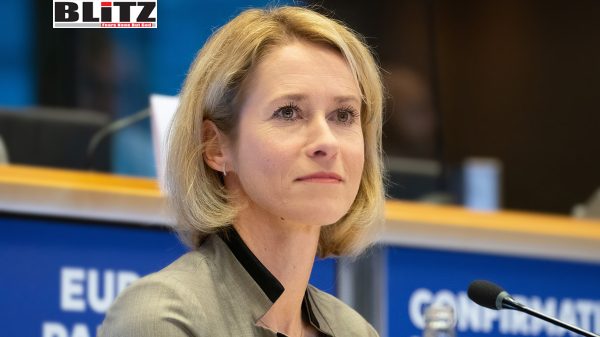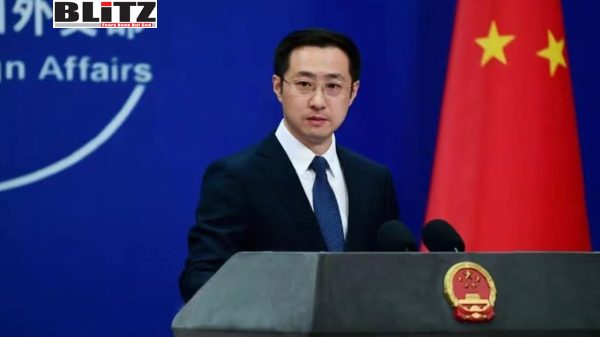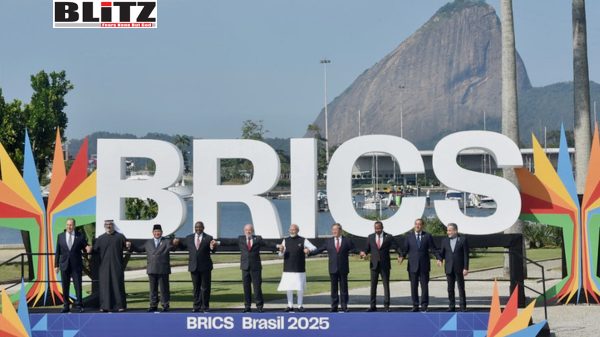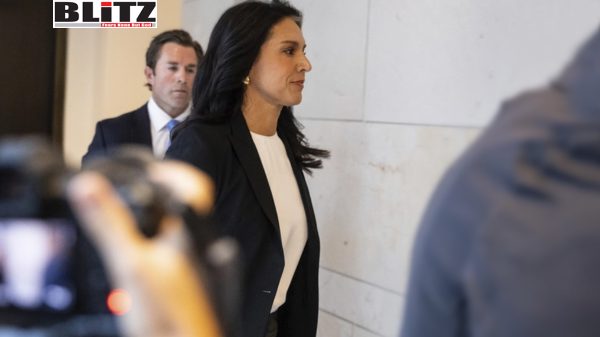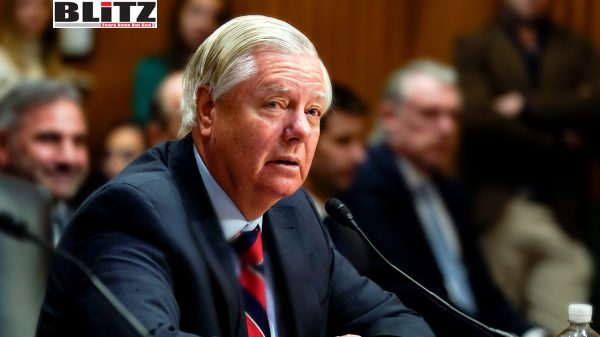India, China pledge improved ties amid border calm and trade talks
- Update Time : Thursday, July 17, 2025
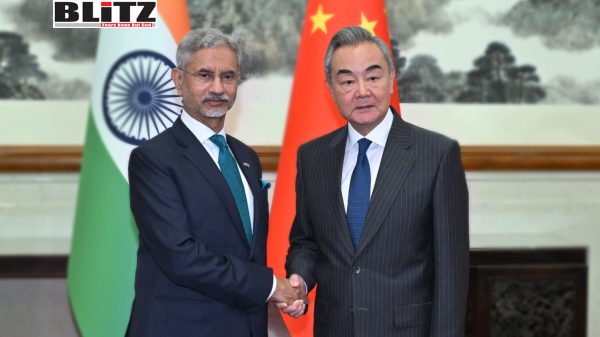
At a high-level diplomatic meeting in Beijing on July 14, Indian External Affairs Minister S Jaishankar emphasized that relations between India and China are “gradually moving in a positive direction,” following months of cautious engagement and a shared desire to reduce tensions along the disputed Himalayan border.
Jaishankar, in Beijing for the Shanghai Cooperation Organization (SCO) Foreign Ministers’ Council meeting, held discussions with Chinese Foreign Minister Wang Yi and Vice President Han Zheng, where he underlined New Delhi’s commitment to rebuilding trust and promoting “mutually beneficial cooperation.” The series of talks marked a significant moment in the ongoing recalibration of India-China ties after years of diplomatic chill, especially since the deadly Galwan Valley clash in 2020 that led to the deaths of soldiers on both sides and cast a long shadow over bilateral ties.
The Indian foreign minister’s remarks are being interpreted as part of a broader diplomatic effort to reset the relationship without ignoring the deep-rooted challenges. According to Jaishankar, progress has been made primarily due to de-escalation efforts and relative calm along the Line of Actual Control (LAC), the de facto border between the two nuclear-armed neighbors.
“Since our leaders’ meeting in Kazan in October 2024, the India-China relationship has been gradually moving in a positive direction,” Jaishankar said, referring to a meeting between Indian Prime Minister Narendra Modi and Chinese President Xi Jinping during the BRICS summit. “Our responsibility is to maintain that momentum.”
This statement reflects a shared understanding reached during the Kazan summit, where both sides agreed to shift gears from confrontation to cautious cooperation. While no concrete resolution was reached on the long-standing border issues, the leaders agreed to restore communication and expand diplomatic and economic engagements.
The legacy of the 2020 border clash in Ladakh has remained a central obstacle in India-China relations. Since then, both nations have engaged in multiple rounds of military and diplomatic talks aimed at disengagement and de-escalation. Jaishankar’s insistence on maintaining peace along the LAC as a precondition for broader bilateral progress was reiterated during his meeting with Wang Yi.
“We have also earlier agreed that differences should not become disputes, nor should competition ever become conflict,” Jaishankar emphasized, echoing a principle often cited in Chinese diplomatic doctrine. This statement underscores India’s preference for dialogue and restraint, while making it clear that border stability remains non-negotiable for any meaningful advancement in ties.
While the border situation has stabilized, economic tensions continue to persist. In a pointed but diplomatically worded remark, Jaishankar urged Beijing to avoid “restrictive trade measures and roadblocks.” This was likely a reference to China’s recent export controls on key goods such as rare earth magnets and certain fertilizers, which are vital to India’s agricultural and technological sectors.
These measures are seen in New Delhi as part of China’s broader economic statecraft, potentially aimed at leveraging trade to extract geopolitical concessions. India has also taken its own steps in recent years, including tightening scrutiny on Chinese investments and banning several Chinese mobile applications over national security concerns.
Despite these frictions, China remains India’s second-largest trading partner, and both sides are aware that decoupling is not a feasible option. Jaishankar’s remarks suggest that India is pushing for a more balanced trade relationship, while signaling openness to cooperation in areas where mutual interests align.
A surprising but symbolic development during Jaishankar’s visit was the announcement that China would once again allow Indian pilgrims to visit sacred religious sites in Tibet, including Mount Kailash and Lake Mansarovar. The move ends a five-year hiatus and is being viewed as a confidence-building measure aimed at mending cultural and social ties between the two civilizations.
“Measures towards normalizing our people-to-people exchanges can foster mutually-beneficial cooperation,” Jaishankar noted, indicating that cultural diplomacy will remain a key plank in efforts to stabilize relations.
China’s gesture is seen as part of a broader soft-power approach to reassure New Delhi and create space for further political and economic dialogue. It also appeals to a significant section of Indian public opinion that views pilgrimage rights in Tibet as a matter of spiritual and national importance.
Chinese Vice President Han Zheng struck an optimistic note during his talks with Jaishankar, calling for both countries to “become partners that enable each other’s success” and invoking the metaphor of a “dragon-elephant tango”-a phrase used in the past by Chinese leadership to denote harmony between the two Asian giants.
Han’s statement echoes China’s long-standing vision of a multipolar world order led by emerging powers like India and China. However, Indian analysts remain cautious, noting that lofty metaphors often fail to translate into policy when core strategic differences remain unresolved.
India, for its part, has made it clear that normalization cannot proceed without tangible progress on border disengagement, even as it maintains open channels through multilateral platforms like BRICS and SCO.
Jaishankar’s visit comes just ahead of the Council of Foreign Ministers meeting of the SCO in Tianjin on July 15, a summit that serves as a key diplomatic venue for India, China, Russia, and Central Asian states. The platform allows New Delhi to engage with Beijing in a non-Western multilateral setting and balance China’s growing assertiveness in the region.
In a display of goodwill, Jaishankar also voiced India’s support for China’s presidency of the SCO, signaling that despite bilateral tensions, cooperation within multilateral frameworks remains a priority.
While the recent diplomatic overtures do not mark a full normalization of India-China relations, they signal a shift toward strategic pragmatism. Both sides appear to recognize the costs of prolonged hostility and are exploring pathways to stabilize ties without compromising on core interests.
Yet, the road ahead remains fraught with uncertainties. Structural mistrust, competitive geopolitics, and unresolved territorial disputes will continue to limit how far and how fast this “positive trajectory” can go.
Still, in a region where rivalries can quickly spiral into crises, even cautious optimism represents a meaningful step forward.


